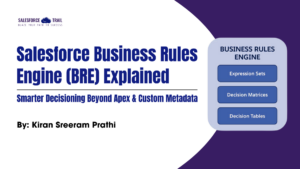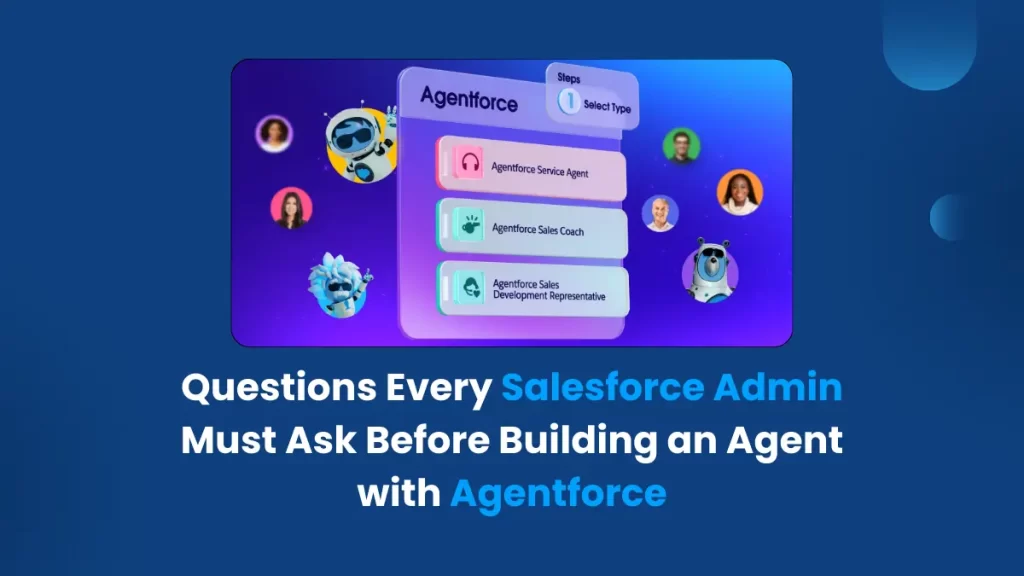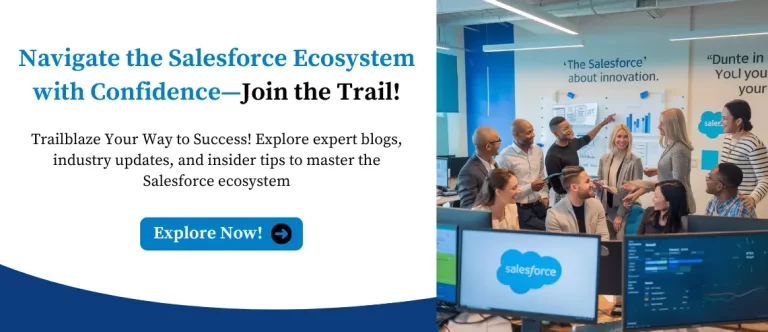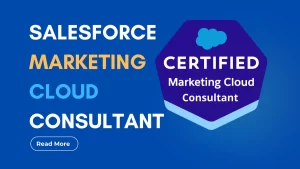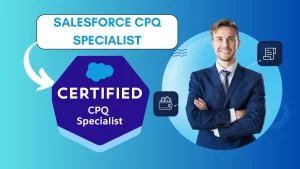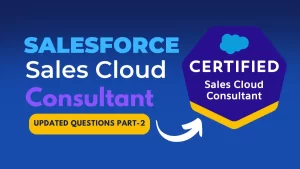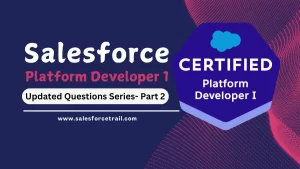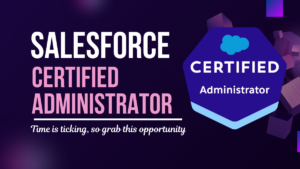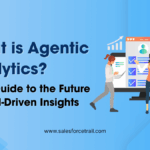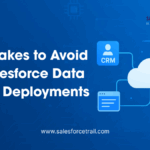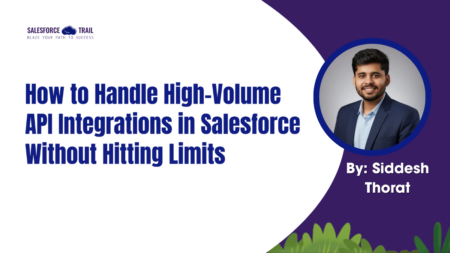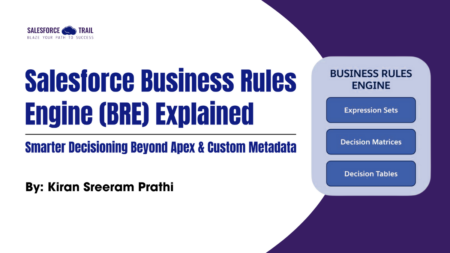Salesforce’s Agentforce is a powerful tool designed to streamline field service operations, enabling teams to manage schedules, tasks, and customer interactions. However, implementing Agentforce effectively requires careful planning and a deep understanding of your organization’s needs. As a Salesforce admin, asking the right questions before implementation can make all the difference in maximizing efficiency and user adoption.
What Are Your Business Goals?
Before diving into Agentforce, identify the core business challenge that your AI-powered agent aims to address. Is it reducing customer service response time? Automating repetitive sales inquiries? Enhancing self-service capabilities?
Clearly defining the problem ensures that your AI agent delivers measurable impact and aligns with company goals. Additionally, outline the key performance indicators (KPIs) to track success, such as reduced case resolution times, improved customer satisfaction scores, or increased sales conversions.

What Are the Specific Needs of Your Users?
Agentforce is designed to serve various stakeholders, including field agents, dispatchers, and managers. Each user group has different requirements, and understanding these needs is crucial for a successful implementation.
- Field Agents: What tools do they need to perform their tasks efficiently? For instance, do they require offline access, mobile-friendly interfaces, or real-time updates?
- Dispatchers: How can Agentforce simplify their workflow? Consider features like drag-and-drop scheduling or automated task assignments.
- Managers: What insights do they need to monitor performance and make data-driven decisions? Dashboards and reporting tools can be invaluable here.
By addressing these questions, you can ensure that Agentforce is user-friendly and meets the needs of all stakeholders.
How will Agentforce Integrate with Your Existing Systems?
Agentforce doesn’t operate in isolation—it needs to integrate seamlessly with your existing Salesforce org and any third-party tools your organization uses. Ask yourself:
- What data needs to be shared between systems?
- Are there any custom objects or fields that require integration?
- How will real-time data synchronization be handled?
A well-integrated system ensures smooth workflows and minimizes the risk of data silos.
What Customizations Are Necessary?
While Agentforce offers robust out-of-the-box functionality, customization is often required to align the platform with your business processes. Consider:
- Do you need to create custom fields, objects, or workflows?
- Are there specific business rules that need to be implemented?
- How can Salesforce’s declarative tools, such as Flow or Process Builder, be leveraged to meet your requirements?
While customization can be quite effective it’s important to balance flexibility and maintainability. Over-customization can lead to complexity and challenges during upgrades.
How Will Data Be Managed and Secured?
Data is the backbone of any Salesforce implementation, and Agentforce is no exception. Ask yourself:
- What data will be stored in Agentforce, and how will it be organized?
- Who can access this data, and what permissions are required?
- How will data accuracy and integrity be maintained?
Implementing robust data management and security practices ensures that your field service operations run smoothly and comply with organizational and regulatory standards.
Is the Solution Scalable?
Your organization’s needs will evolve, and your Agentforce implementation should be able to grow with you. Consider:
- Can the system manage more users, tasks, or locations?
- How will new features or updates be incorporated in the future?
- Are there any potential bottlenecks that could hinder scalability?
Planning for scalability from the outset ensures that your investment in Agentforce continues to deliver value as your business expands.
How Will You Ensure User Adoption?
Even the most well-designed implementation can fall short if users don’t adopt the platform. Ask yourself:
- What training and resources will users need to get up to speed?
- How will you communicate the benefits of Agentforce to encourage buy-in?
- What feedback mechanisms will you use to identify and address user challenges?
Focus on change management and user adoption is critical to maximizing the ROI of your Agentforce implementation.
Final Thoughts
Building an AI-powered agent with Agentforce can be transformative for your organization—but only if approached strategically. By asking these five critical questions, Salesforce Admins can ensure successful implementation, optimized performance, and a clear path for future enhancements.
As AI continues to shape the future of Salesforce, staying proactive and data-driven will set you up for long-term success. Ready to start building with Agentforce? Let these insights be your guide.
Must Visit Links:
- The Role of AI Agents in 2025 in Shaping Salesforce Customer Service
- From Newbie to Salesforce Admin Certified: Ultimate Guide to Becoming One
- Salesforce MVP Nominations 2025 and becoming a Salesforce MVP Complete Guide
- Salesforce Developer Roadmap 2025: Your Complete Guide to Success
- 10 Proven Steps of Seamlessly Implementing Salesforce AgentForce
Resources
- [Salesforce Developer]- (https://developer.salesforce.com/)
- [Salesforce Success Community] (https://success.salesforce.com/)
For more insights, trends, and news related to Salesforce, stay tuned with Salesforce Trail
Mark Jacobes is a seasoned Salesforce expert, passionate about empowering businesses through innovative CRM solutions. With over 6 years of experience in the Salesforce ecosystem, Mark specializes in Salesforce development, integrations, and digital transformation strategies.
- Mark Jacobeshttps://salesforcetrail.com/author/markjacobes/
- Mark Jacobeshttps://salesforcetrail.com/author/markjacobes/
- Mark Jacobeshttps://salesforcetrail.com/author/markjacobes/September 15, 2025
- Mark Jacobeshttps://salesforcetrail.com/author/markjacobes/


